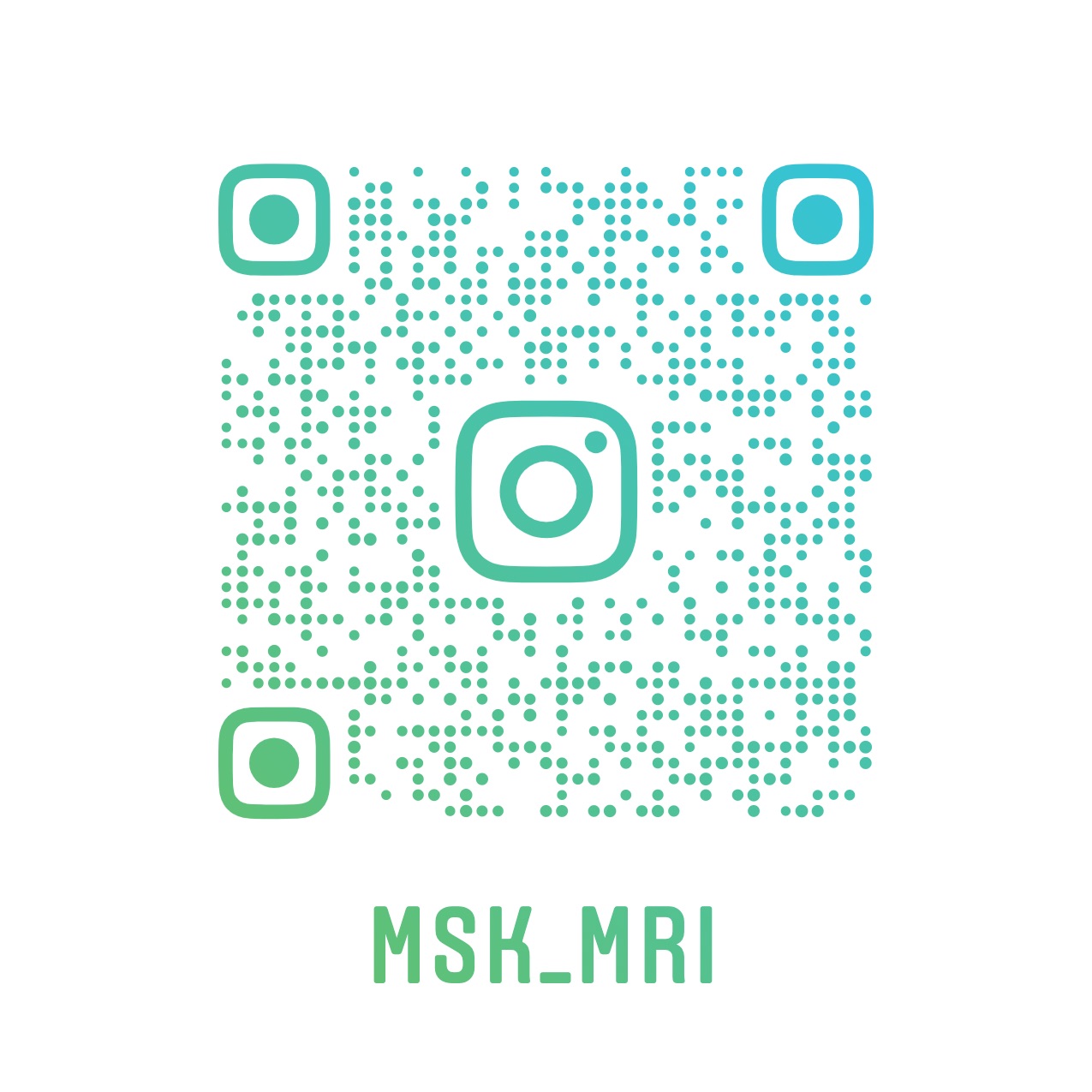Posterior oblique drawing demonstrates PCL, LM, meniscofemoral ligaments (Humphry ligament and Wrisberg ligament)
The meniscofemoral ligaments originate from the posterior horn of the lateral meniscus and insert onto the lateral aspect of the posterior medial femoral condyle, with the Humphry ligament anterior to the posterior cruciate ligament (PCL) and the Wrisberg ligament posteriorly
Wrisberg rib is subset of the longitudinal tears of the posterior horn of the lateral meniscus
They occur at the junction of the ligament of Wrisberg and the posterior horn of the lateral meniscus and are commonly associated with anterior cruciate ligament tears
notice, This cleft between the meniscus and meniscofemoral ligament may be mistaken for a meniscal tear.
The meniscofemoral ligaments may mimic a peripheral vertical longitudinal tear
Due to variability in the ligament attachment site, this cleft can extend variably far, and as a result the discrimination between a true tear and a 'pseudo-tear' may pose a challenge.
Wrisberg rips, also known as zip tears or zipper tears, are longitudinal vertical meniscal tears.
when the average attachment site lies approximately 14 mm laterally from the lateral edge of the PCL and that any cleft extending farther is suspicious for a tear.
Apparent far lateral meniscal extension of a meniscofemoral ligament should be considered as a possible PHLM tear, especially in the setting of an ACL tear

Posterior oblique drawing demonstrates PCL, LM, meniscofemoral ligaments (Humphry ligament and Wrisberg ligament)
The meniscofemoral ligaments originate from the posterior horn of the lateral meniscus and insert onto the lateral aspect of the posterior medial femoral condyle, with the Humphry ligament anterior to the posterior cruciate ligament (PCL) and the Wrisberg ligament posteriorly
Wrisberg rib is subset of the longitudinal tears of the posterior horn of the lateral meniscus
They occur at the junction of the ligament of Wrisberg and the posterior horn of the lateral meniscus and are commonly associated with anterior cruciate ligament tears
notice, This cleft between the meniscus and meniscofemoral ligament may be mistaken for a meniscal tear.
The meniscofemoral ligaments may mimic a peripheral vertical longitudinal tear
Due to variability in the ligament attachment site, this cleft can extend variably far, and as a result the discrimination between a true tear and a 'pseudo-tear' may pose a challenge.
Wrisberg rips, also known as zip tears or zipper tears, are longitudinal vertical meniscal tears.
when the average attachment site lies approximately 14 mm laterally from the lateral edge of the PCL and that any cleft extending farther is suspicious for a tear.
Apparent far lateral meniscal extension of a meniscofemoral ligament should be considered as a possible PHLM tear, especially in the setting of an ACL tear


© 2021 MSK MRI Jee Eun Lee All Rights Reserved.
You may not distribute or commercially exploit the content. Nor may you transmit it or store it on any other website or other forms of the electronic retrieval system.
If you would like to use an image or video for anything other than personal use, please contact me.
(jamaisvu1977@gmail.com)
#MSKMRI, #virtualMRI, #radiologist, #Knee_MRI, #MSKMRI_Knee, #Knee_anatomy, #Knee_meniscus, #meniscus, #Virtual_MRI, #MRI_illustrator, #lateralmeniscus, #LM, #popliteomeniscalfascicle, #lateralmeniscustear, #Humphry, #Wrisberg, #Wrisbergrip
'Knee MRI > Meniscus' 카테고리의 다른 글
| [Tear_13] Wrisberg Rip_Longitudinal-Vertical Tears -11 (0) | 2021.10.10 |
|---|---|
| [Tear_12] Wrisberg Rip_Longitudinal-Vertical Tears -10 (0) | 2021.10.10 |
| [Tear_10] Longitudinal-Vertical Tears_ ACL tear -08 (0) | 2021.10.10 |
| [Tear_09] Wrisberg type discoid lateral meniscus -07 (0) | 2021.10.09 |
| [Tear_08] Tear of popliteomeniscal fascicles -06 (0) | 2021.10.09 |